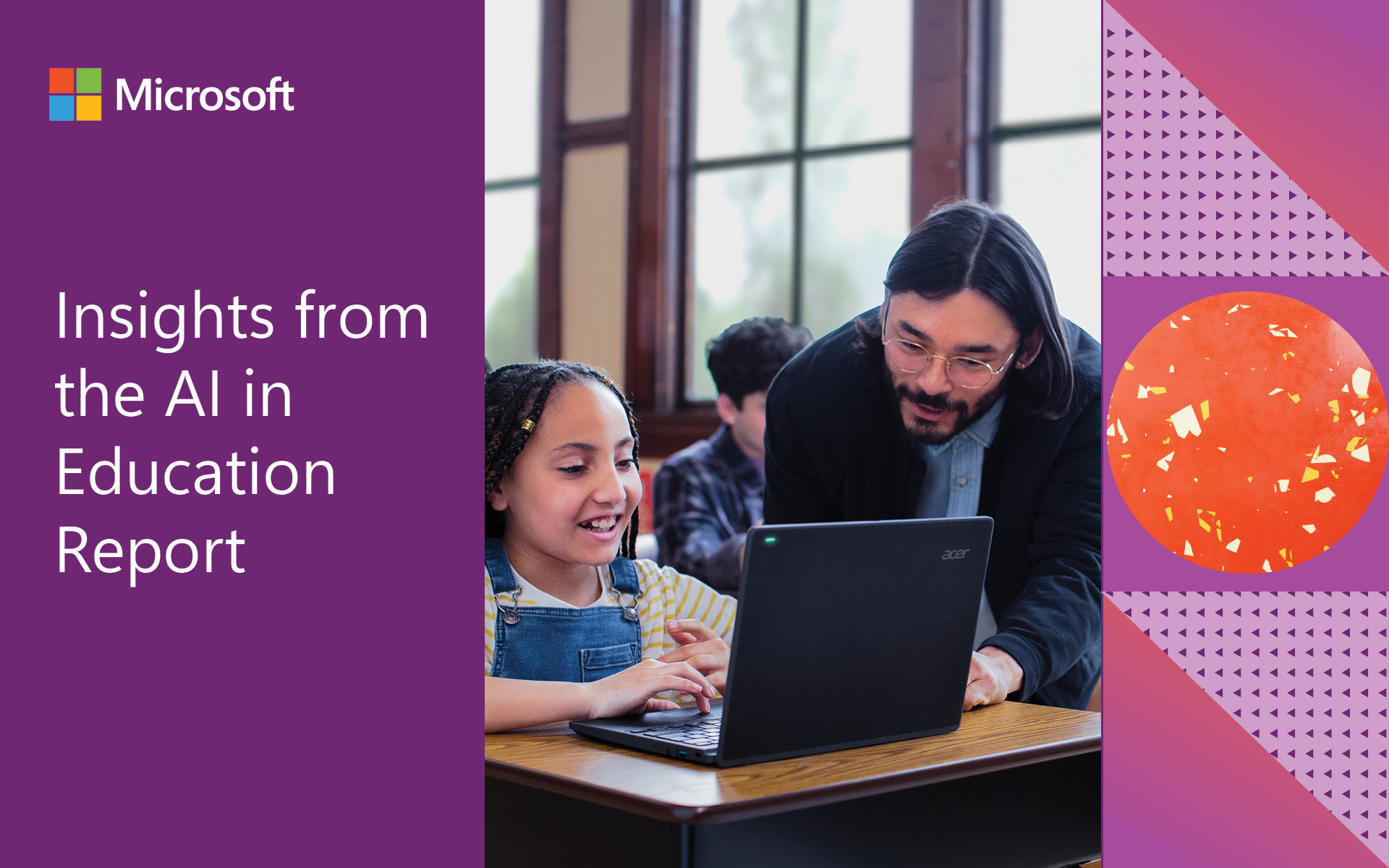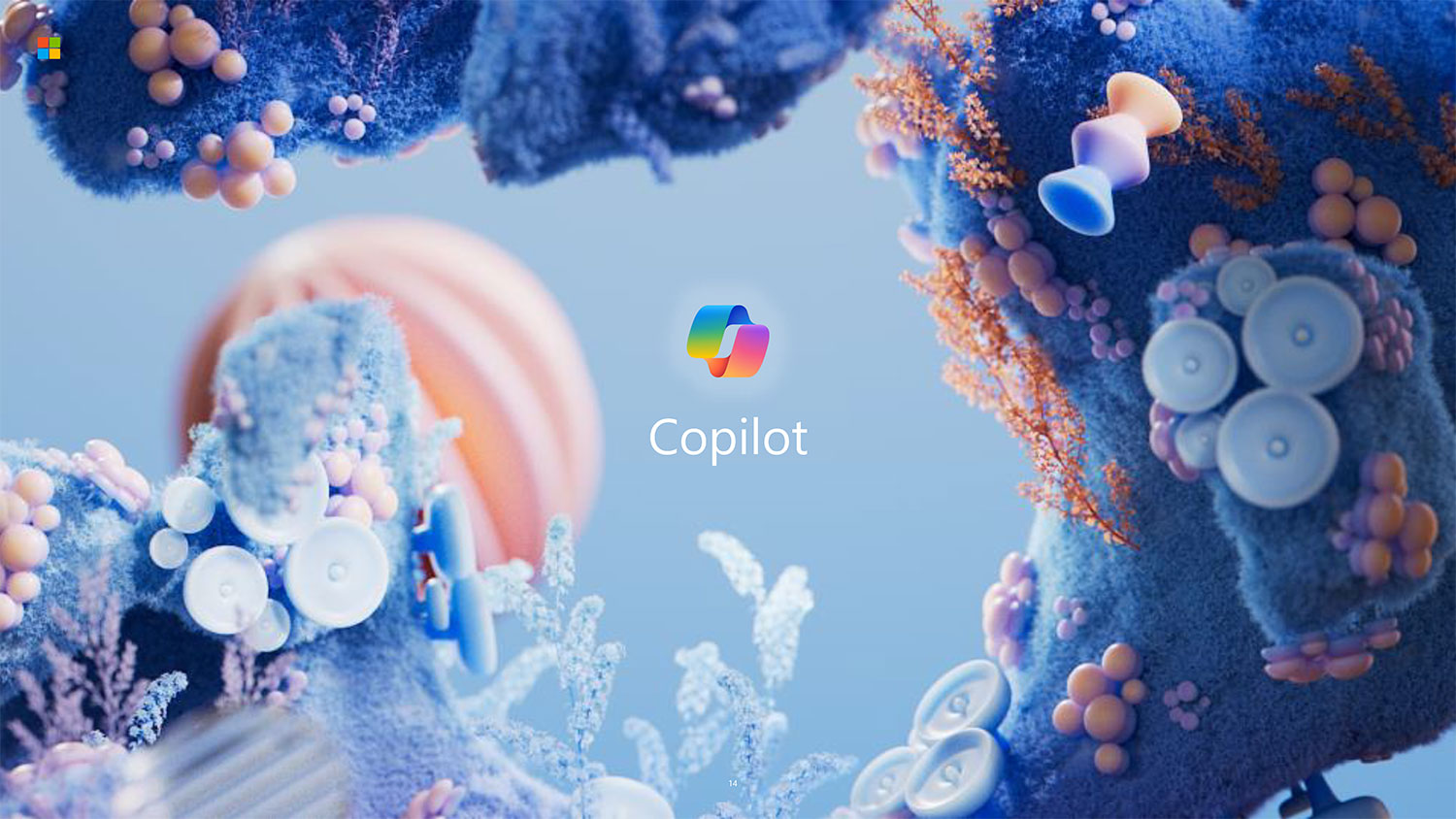AI is igniting enthusiasm in classrooms, department meetings, board rooms, and administrative offices across the country. For many, generative AI is changing what it means to create, solve problems, communicate, and even learn. It’s not just teachers and students embracing this new technology; education leaders are also turning to AI to improve operational processes and provide equitable access to resources among other opportunities. Usage rates indicate that leaders are embracing AI’s capabilities: 95% have used AI once or twice, and 47% use it daily. What’s more, leaders who have already strategically adopted AI are seeing a 3.4X return on their investment with benefits like faster innovation, reduced risk, and quick deployment of new services and experiences.
Despite these figures, widespread AI deployment is concerning because of data privacy, inaccuracies, copyright, plagiarism, and equity. The people in charge of spearheading AI initiatives—superintendents, provosts, directors of technology, and ministers of education—have come to realize that AI systems in education settings require responsible AI practices, trust, and transparency to provide quality, secure experiences that address known concerns. Leaders also need practical guidance on how to use AI systems, security measures that protect sensitive data, policy recommendations, and training programs for faculty and staff.
Microsoft recognizes that leveraging AI in education requires new kinds of support for leaders who are considering AI for their schools. That’s why Microsoft Vice President Paige Johnson announced the release of the Microsoft Education AI Toolkit during Reimagine Education 2024.
The Microsoft Education AI Toolkit provides education leaders with relevant background knowledge, strategies, and recommendations for launching AI initiatives in K-20 settings. It also includes customer stories and technical profiles that showcase how institutions around the globe are already using AI for teaching, learning, and administration. What’s inside of the toolkit provides those in charge with the necessary information that they need to jumpstart their own AI journey.
Get started by exploring the Microsoft Education AI Toolkit and continue reading to learn how K-20 institutions are implementing AI and how copilots address important education needs.
 The Microsoft Education AI Toolkit includes suggestions, recommendations, and information that you can use to begin implementing AI tools throughout your organization.
The Microsoft Education AI Toolkit includes suggestions, recommendations, and information that you can use to begin implementing AI tools throughout your organization.
What is the Microsoft Education AI Toolkit?
The Microsoft Education AI Toolkit contains suggestions, recommendations, and information that you can use to begin implementing AI tools throughout your organization. It features low-stakes practice opportunities with Microsoft Copilot prompts that align with the duties and responsibilities of today’s education leaders. You’ll learn how to quickly do things like draft an academic integrity policy, evaluate files for bias and inclusivity, and create an email message with evidence and citations.
Written specifically for education leaders in K-12 and higher education, the toolkit includes five sections with content that’s frequently requested by schools and institutions:
- Overview: Refresh your knowledge of the basics of generative AI, explore Microsoft’s commitment to safe and inclusive tools, and meet Microsoft Copilot.
- Plan: Find student resources, consider data governance and security posture, get tips for institutional policy creation, and stay current on responsible use of AI.
- Implement: Experiment with Copilot tools with practice prompts and step-by-step directions. Then, select learning experiences to update professional development for your staff.
- AI Navigators: Discover institutions at the forefront of research, experimentation, and the adoption of generative AI solutions in education.
- Research: Explore an evergreen collection of current research on AI in teaching and learning.
As you go through the sections, you’ll be introduced to Microsoft’s responsibly designed AI systems called copilots. The toolkit contains examples of how:
- Microsoft Copilot offers content creation capabilities like writing course syllabi, outlining agendas for faculty meetings, and producing FAQs for adopted technologies.
- Copilot for Microsoft 365 helps leaders generate presentations from documents, summarize reports, and auto-draft messages for different audiences.
- Copilot in Windows addresses common school issues like troubleshooting audio and video, silencing notifications, and finding documents when the file name is unknown.
- Copilot for Security helps IT professionals investigate incidents, develop remediation steps, and research emerging threats.
- Azure AI Studio allows schools to build custom copilots that deliver fine-tuned responses using institutional data.
Equally as important, you’ll see how other schools and universities are integrating copilots into their daily workflow and realizing tremendous benefits. People like Chief Information and Security Officer David McMorries will describe how his IT team used Copilot for Security to address vulnerabilities in the systems that store valuable research at Oregon State University.
Just like Oregon State University, educational organizations across the world are accomplishing complex tasks with Microsoft's AI assistants—from school districts to ministries of education to Research 1 (R1) universities. Whether you’re reading a toolkit story about how teachers use Microsoft Copilot to write equitable lessons in Wichita or how Washington State Superintendent Chris Reykdal embedded AI throughout the state’s curriculum standards, you’ll gain awareness of how innovative leaders are embracing the new age of AI. Plus, each story comes with a technical implementation guide so that you can replicate what’s already been done.
The Microsoft Education AI Toolkit is designed to be your companion for implementing safe, secure AI experiences in your institution. Share the guide with others so that everyone can participate in what can be a transformative educational opportunity.
Bring opportunity to life with AI in Education
Explore the Microsoft Education AI Toolkit today and experiment with the sample Microsoft Copilot prompts. When you’re ready to learn more, check out the AI learning hub on Microsoft Learn or watch Reimagine Education to see other exciting AI developments.




